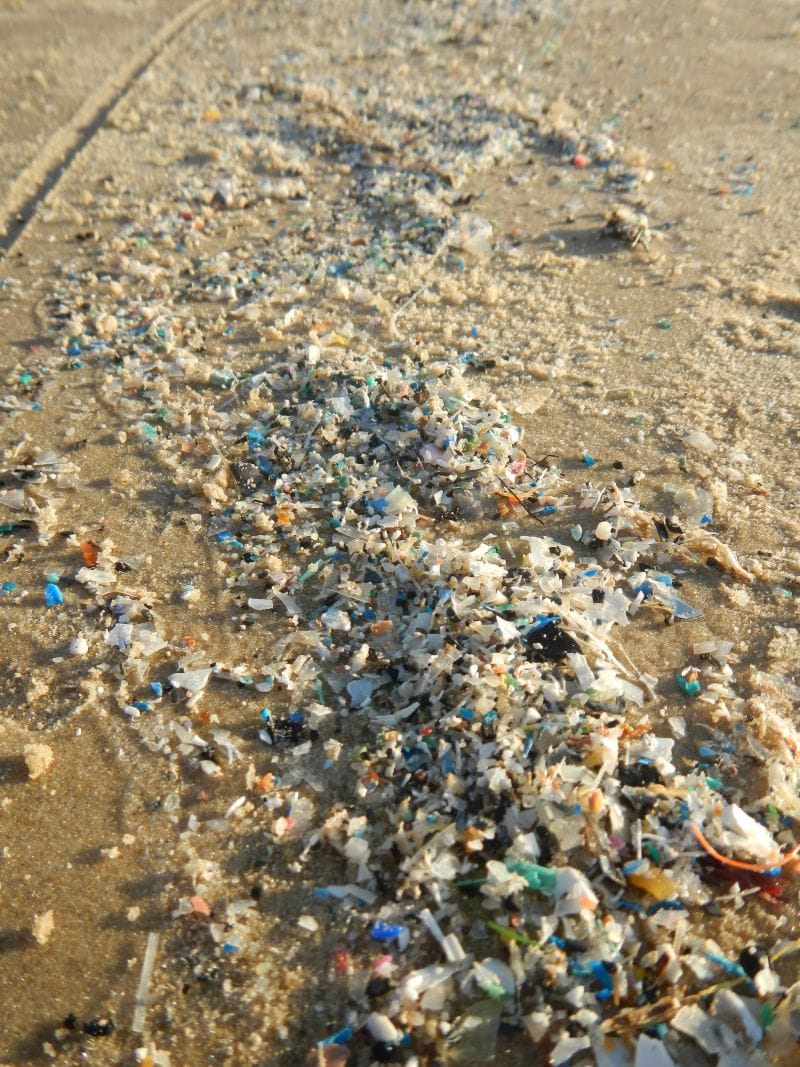RSS feed source: Federal Emergency Management Agency
OKLAHOMA CITY – Businesses and residents in seven Oklahoma counties impacted by the March 14-21 wildfires and straight-line winds are eligible to apply for low-interest disaster assistance loans from the U.S. Small Business Administration (SBA).
FEMA partners with other agencies to meet the needs of survivors after a disaster, and SBA loans are the largest source of federal recovery funds. Residents and businesses in Cleveland, Creek, Lincoln, Logan, Oklahoma, Pawnee and Payne counties can apply for these loans if they sustained property damage.
Affected homeowners, renters and businesses do not need to wait for an insurance settlement before submitting an SBA loan application – and are under no obligation to accept an SBA loan if an application is approved.Residents can still apply for an SBA loan if they received assistance from FEMA.
Interest rates can be as low as 4 percent for businesses, 3.25 percent for private nonprofit organizations and 2.688 percent for homeowners and renters with terms up to 30 years. Loan amounts and terms are set by SBA and are based on each applicant’s financial condition.
Interest does not begin to accrue until 12 months from the date of the first disaster loan disbursement. SBA disaster loan repayment begins 12 months from the date of the first disbursement.
Homeowners may be eligible for a disaster loan of up to $500,000 for primary residence repairs or
Click this link to continue reading the article on the source website.


